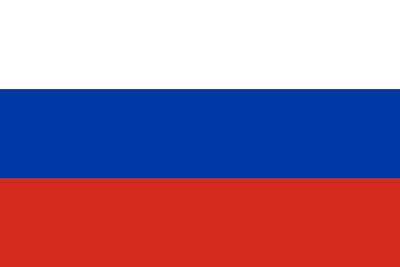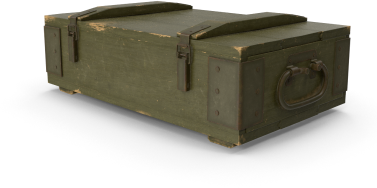“We gamble now ----- we cannot fail”.These words were said by Field Marshal Von Rundstedt before to launch his famous offensive code named “Wacht am Rhein” (Watch on the Rhine in English) on December 17th, 1944, named by the Allies Battle of the Bulge. When people talk about this battle, first words coming up to mind are Belgium, Bastogne, city nuts and more but Germans didn't only attack in this worldwide known area but everywhere onto the frontlines.
When the German Headquarters understood that their attack in the Bulge was about to become a failure, "Operation Northwind" in Alsace - Lorraine, France was launched as a support for the German units in Belgium. Less known, according to American soldiers and veterans, this operation was the most dangerous and difficult German counterattack ever experienced.
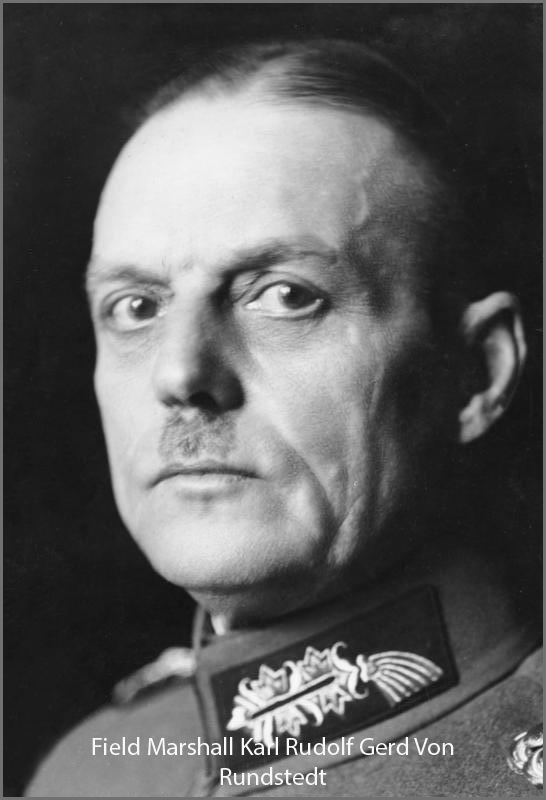
At the time 79th Infantry Division and other units as the 42nd Infantry Division tried to break through the Siegfried Line after many attempts but in vain. On New Year’s day, Germans launched a strong attack giving the 79th no choice but to retreat. At the northeast of Haguenau where the division was, the Maginot Line was chosen as a new defensive line. Being on position running from Cleebourg on the left flank to Ingolsheim and Aschbach at the southeast and to a point east of Hatten. From that town, the line ran all the way to the south toward Sessenheim close to the Rhine River.
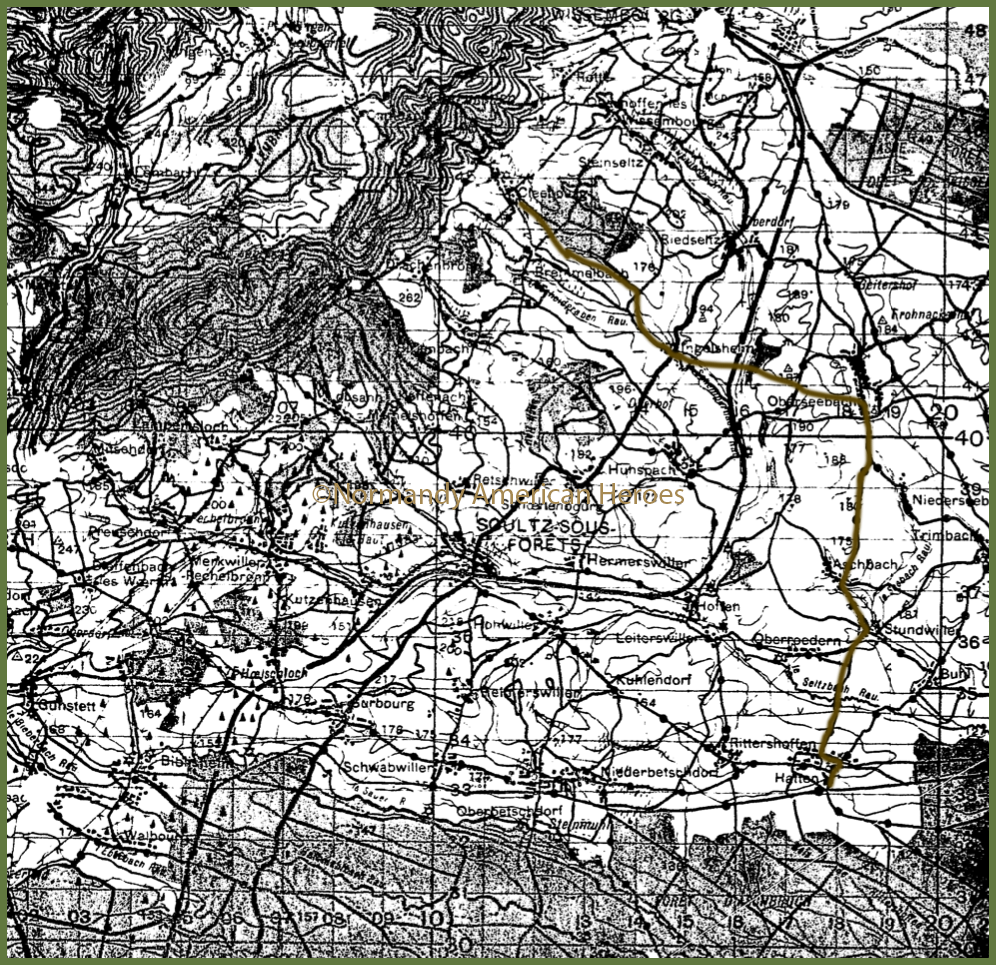
79th Infantry Division was by the time working with the 42nd Infantry Division and the 45th Infantry Division, as enemy attacks were so heavy, forces and units fighting in this area were mixed up.
How so? Task Force Linden* from the 42nd which was made of the 242nd and 232nd Infantry Regiments were attached to the 79th Infantry Division. 242nd was holding a line at the east of Hatten extending from Stundwiller to Koenigsbruck. *Brigadier General Henning Linden of the 42nd Infantry Division.
Another Task Force was also set up “Task Force Wahl*”, once again, this force was not made only with men from the 79th but with troops from both divisions. By January 7th Task force was made of:
- 3rd Battalion of the 313th Infantry Regiment, 222nd Infantry Regiment (less 2nd Battalion) and the 315th Infantry Regiment (less 1st Battalion)
- 314th Infantry Regiment (less 1st Battalion) (later, on January 9th, attached to the Task Force Linden for one day only) which was directly under 79th Infantry Division control. *Brigadier General I. D. Wahl of the 79th Infantry Division.
1st , 2nd Battalions of the 313th Infantry Regiment, and 1st Battalion of both the 314th and 315th Infantry Regiments were attached to the 45th Infantry Division. It was necessary to split up units to support each other.
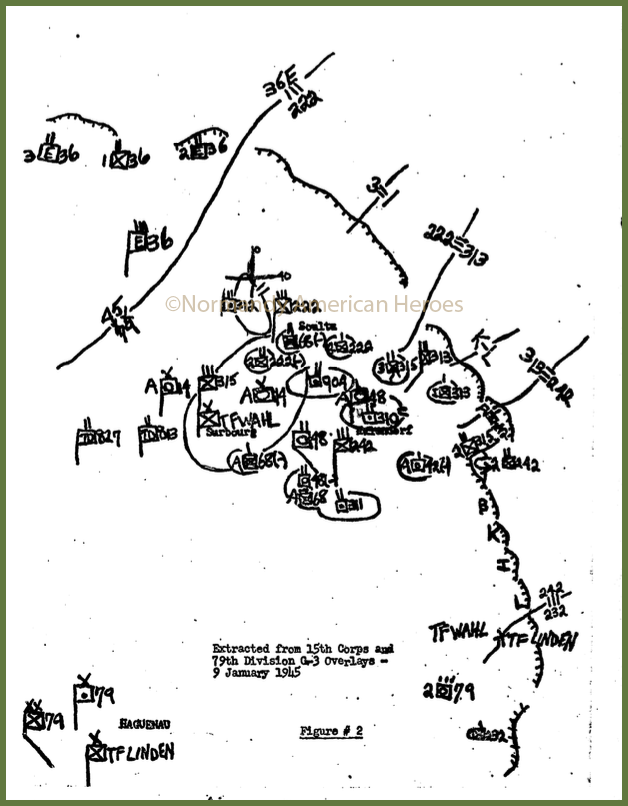
General Wahl, was waiting for an enemy attack from Wissembourg regarding information collected by Intelligence Services. Evidences showed that General Wahl was right as on January 7th, 3rd Battalion of the 313th Infantry Regiment and the 222nd Infantry Regiment of the 42nd Infantry Division received attacks having the purpose of testing the lines.
(Note: 315th Infantry Regiment was kept in reserve in case of an enemy breakthrough – General Wahl also called for the support of Combat Command of the 14th Armored Division.)
All of General’s reserve forces were in position in the area of the Soultz-sous-Forêts – Surbourg – Kuhlendorf triangulation to stop any enemy attack.
Again, on the 8th of January, Germans made another testing attack but this time with ten tanks against the line of the 3rd Battalion of the 313th Infantry Regiment who successfully stopped it. It seems, that the main attack would be coming from that direction, from the east or northeast and not from the north at it was believed.
The main attack didn’t take place against the 222nd Infantry Regiment or the 313th Infantry Regiment but in the vicinity of Hatten, farther south through the position of the 1st Battalion of the 242nd Infantry Regiment. Combat Command of the 14th Armored Division stopped temporarily the attack with the help of the 2nd Battalion of that regiment which had assembled in the vicinity of Rittershoffen the previous day. Both units, by knocking out six enemy tanks were successful in repulsing the enemy back to Hatten.
About a mile apart, villages of Rittershoffen and Hatten were part of a huge German counterattack. It was essential and crucial to hold those two locations to prevent any breakthrough. This marked out the beginning of fearless and dangerous "Rittershoffen and Hatten Battle".
Written by Pierre Fallet - Normandy American Heroes.







